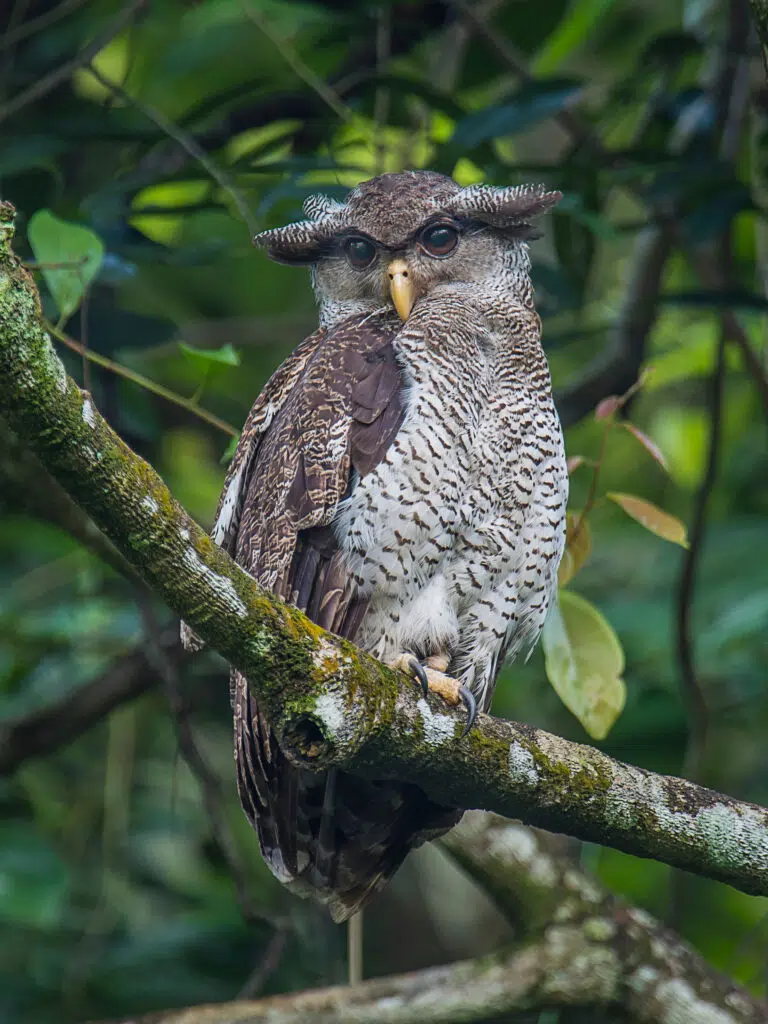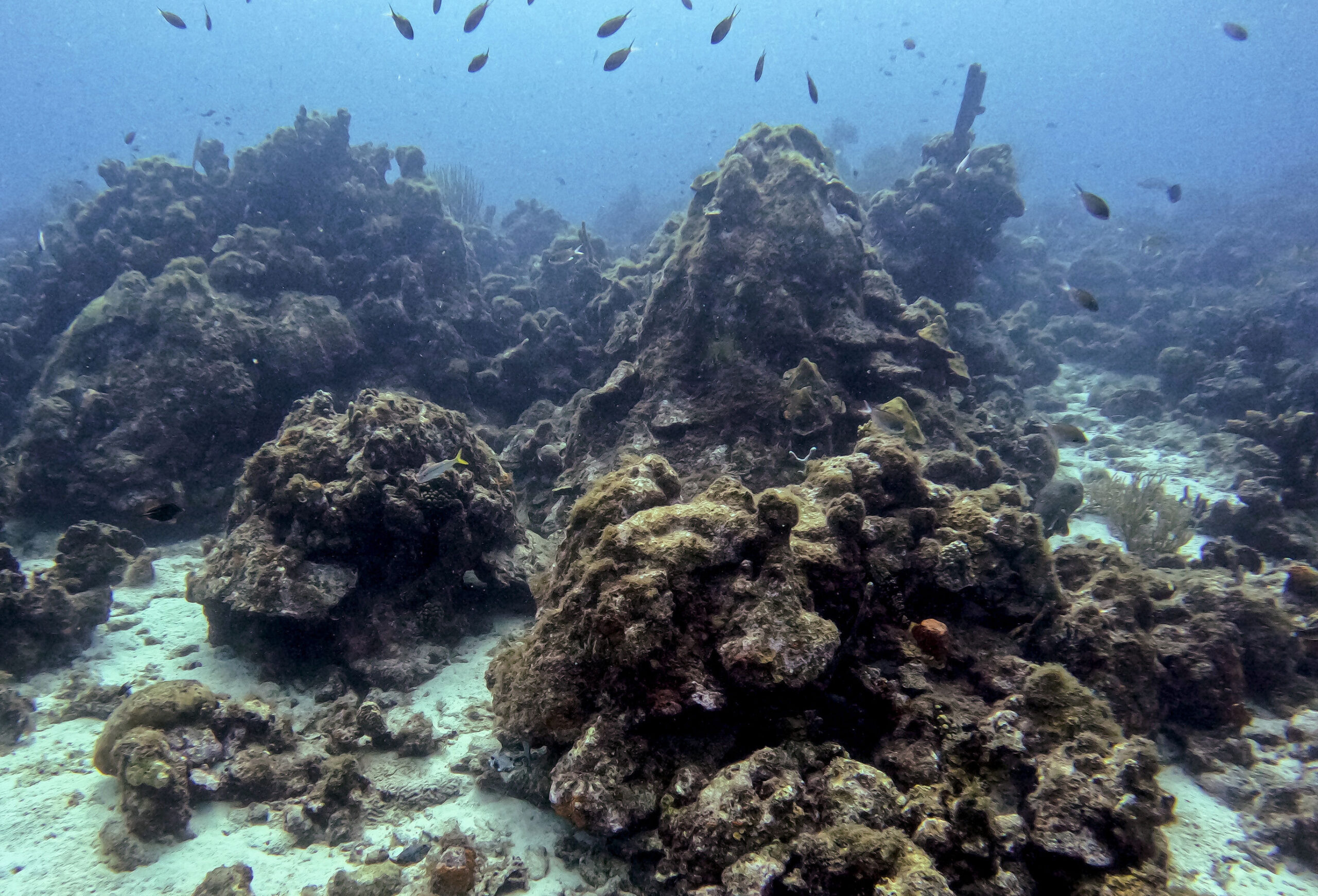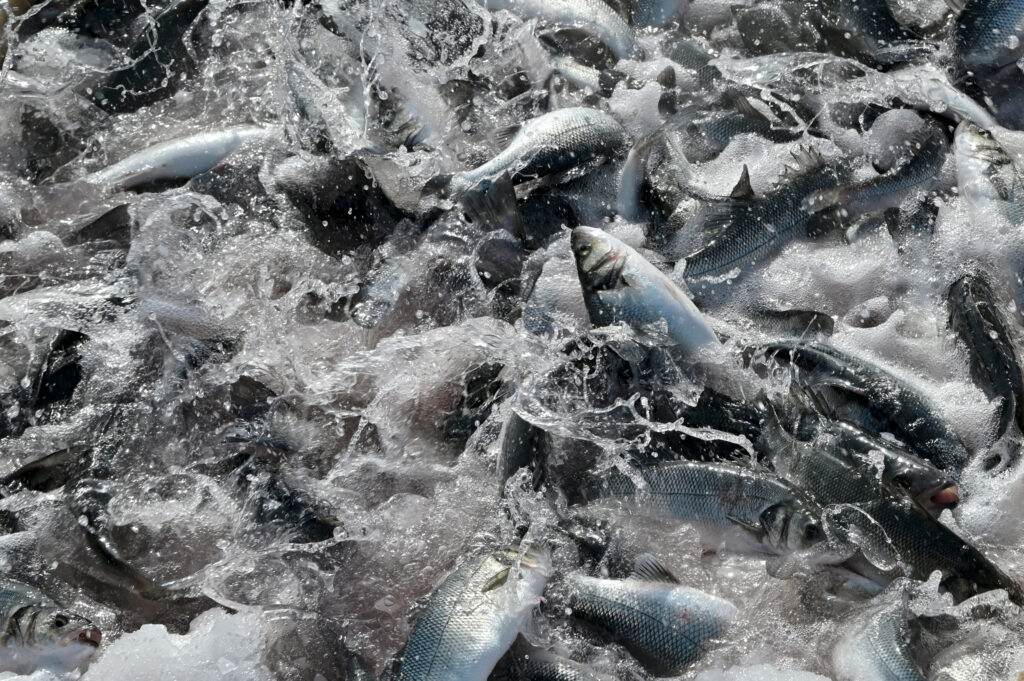Threatened bee species get lifeline through coastal habitat project – BBC

Report on Coastal Habitat Restoration for Threatened Bee Species in East Sussex
Project Overview and Alignment with SDG 15 (Life on Land)
A conservation initiative in Hastings and St Leonards, East Sussex, has established new coastal habitats to support four threatened bee species. This project directly addresses the objectives of Sustainable Development Goal 15 (Life on Land) by taking urgent and significant action to halt biodiversity loss and protect threatened species from extinction.
- The project focuses on species that have experienced severe population declines due to habitat loss, including the tormentil mining bee and the long-horned bee.
- Key interventions include the creation of wildflower meadows, the planting of hedgerows, and the establishment of specialised nesting sites.
- These actions are designed to restore terrestrial ecosystems and protect critical pollinator populations, contributing directly to SDG Target 15.5, which aims to halt the loss of biodiversity.
Collaborative Framework and Contribution to SDG 17 (Partnerships for the Goals)
The initiative exemplifies a multi-stakeholder partnership model, a core principle of SDG 17 (Partnerships for the Goals). The successful creation of a “bee corridor” along the coastline was achieved through a collaborative effort involving several key partners.
- Natural England: A government agency providing funding and oversight.
- Groundwork South: A community-focused environmental organization.
- Hastings Borough Council: The local governing body.
- Ecologists: Providing scientific and technical expertise.
- Community Volunteers: A group of 185 individuals contributing to implementation.
This partnership demonstrates how public, private, and civil society actors can work together effectively to achieve conservation outcomes and advance sustainable development objectives.
Urban Greening and Alignment with SDG 11 (Sustainable Cities and Communities)
The project extends beyond natural reserves to include urban habitat improvements, aligning with the aims of SDG 11 (Sustainable Cities and Communities). By enhancing green infrastructure within community spaces and allotments, the initiative contributes to making urban settlements more inclusive, resilient, and sustainable.
- Actions include restoring woodland edges and improving habitats within populated areas.
- These efforts enhance urban biodiversity and provide accessible green spaces, contributing to the well-being of local communities and supporting SDG Target 11.7.
Funding, Monitoring, and Long-Term Impact
The project is a component of Natural England’s £13m Species Recovery Programme Capital Grants Scheme, which has funded 63 conservation projects across England between August 2023 and March 2025. To ensure accountability and measure progress towards SDG 15, a robust monitoring plan is in place.
- Comprehensive bee surveys will be conducted to monitor the success of the habitat enhancements.
- The data will be used to track the population recovery of the target bee species.
- The initiative serves as a model for how government investment combined with community involvement can deliver tangible conservation outcomes for England’s most vulnerable wildlife, supporting the long-term goal of a sustainable and biodiverse planet.
1. Which SDGs are addressed or connected to the issues highlighted in the article?
The article highlights issues and actions that are directly connected to several Sustainable Development Goals. The primary focus on protecting threatened species and their habitats links to SDG 15, while the collaborative nature of the project connects to SDG 17. The improvement of urban green spaces also relates to SDG 11.
-
SDG 15: Life on Land
This is the most prominent SDG in the article. The project’s core mission is to protect terrestrial ecosystems and halt biodiversity loss. The article explicitly states that the project aims to support “four threatened bee species” that have “suffered severe population declines due to habitat loss.” The creation of “wildflower meadows, hedgerows and specialised nesting sites” is a direct action towards conserving and restoring terrestrial habitats.
-
SDG 17: Partnerships for the Goals
The article emphasizes the collaborative effort required for the project’s success. It details a multi-stakeholder partnership involving a government body (Natural England), a local authority (Hastings Borough Council), a non-governmental organization (Groundwork South), scientific experts (ecologists), and civil society (185 volunteers). This collaboration is a clear example of the partnerships needed to achieve sustainable development.
-
SDG 11: Sustainable Cities and Communities
The project’s activities extend into urban areas, connecting it to SDG 11. The article mentions “urban habitat improvements in community spaces and allotments.” This action contributes to making cities and human settlements more inclusive, safe, resilient, and sustainable by enhancing green spaces and biodiversity within the community.
2. What specific targets under those SDGs can be identified based on the article’s content?
Based on the actions described, several specific SDG targets can be identified:
-
Target 15.5: Protect threatened species and prevent their extinction
The article directly addresses this target by focusing on a project designed to benefit “four threatened bee species.” The initiative’s goal is to reverse the “severe population declines” of these species by restoring their habitats, which is a crucial action to “protect and prevent the extinction of threatened species.”
-
Target 15.1: Conserve and restore terrestrial and freshwater ecosystems
The project involves the creation of “new wildflower meadows, restored woodland edges, [and] enhanced hedgerows.” These actions directly contribute to the conservation and restoration of terrestrial ecosystems, as called for in this target.
-
Target 17.17: Encourage effective partnerships
The article provides a textbook example of this target in action. It describes a partnership between “Natural England… Groundwork South, Hastings Borough Council, ecologists, and 185 volunteers.” This collaboration between public, private (in a broader sense of non-state actors), and civil society entities demonstrates an effective partnership to achieve a conservation goal.
3. Are there any indicators mentioned or implied in the article that can be used to measure progress towards the identified targets?
Yes, the article mentions and implies several indicators that can be used to measure the project’s success and progress towards the identified targets.
-
Indicators for Target 15.5
The article explicitly states how progress will be measured: “Comprehensive bee surveys will monitor the success of habitat enhancements and track population recovery of the target species.” This provides a clear indicator: the population trends and recovery status of the four threatened bee species. The number of threatened species being protected (four) is also a direct indicator.
-
Indicators for Target 15.1
An implied indicator is the area of habitat restored. While the article does not provide a specific number in hectares, the creation of “new wildflower meadows,” “restored woodland edges,” and “enhanced hedgerows” are measurable outcomes that indicate progress in ecosystem restoration.
-
Indicators for Target 17.17
The article provides concrete numbers that serve as indicators for this target. The existence of the partnership itself is an indicator, and it can be quantified by the number of participating organizations (at least three mentioned) and the number of community volunteers involved (“185 volunteers”).
4. SDGs, Targets and Indicators Table
| SDGs | Targets | Indicators |
|---|---|---|
| SDG 15: Life on Land | Target 15.5: Take urgent and significant action to reduce the degradation of natural habitats, halt the loss of biodiversity and… protect and prevent the extinction of threatened species. |
|
| SDG 17: Partnerships for the Goals | Target 17.17: Encourage and promote effective public, public-private and civil society partnerships… |
|
| SDG 11: Sustainable Cities and Communities | Target 11.7: By 2030, provide universal access to safe, inclusive and accessible, green and public spaces… |
|
Source: bbc.com

What is Your Reaction?
 Like
0
Like
0
 Dislike
0
Dislike
0
 Love
0
Love
0
 Funny
0
Funny
0
 Angry
0
Angry
0
 Sad
0
Sad
0
 Wow
0
Wow
0

















































:focal(1500,1000)/https://media.globalcitizen.org/a6/9a/a69a4720-d8a1-4715-b596-18738d03c05c/rotary_polio_hero_image.jpg?#)






/countries/sri-lanka/photo-credit---dmc-sri-lanka.tmb-1200v.jpg?sfvrsn=dc298bcc_1#)

















